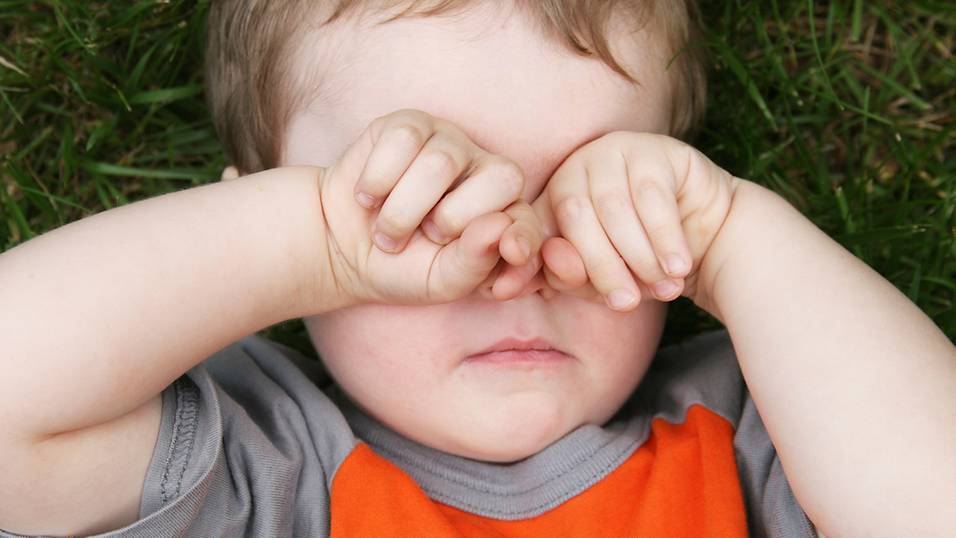Vision is an important part of learning, so catching children’s eye problems early can help to prevent development issues. In some cases, eye problems may also be indicative of a serious underlying issue that can affect other aspects of health. While doctors perform eye exams at well baby visits, there are certain symptoms that may be more readily identifiable at home.
Eye Rubbing
If children rub their eyes very frequently, it may be a sign of vision problems. While rubbing the eyes when tired is common, if the child rubs his or her eyes often when they are trying to focus on something or when participating in activities during the day, it may be a sign that the concentration is causing eye strain.
Lazy Eye
If both eyes do not look in the same direction, or if one eye seems to drift when the child is focusing on something, the child has a lazy eye. Lazy eyes are usually caused by a muscle weakness that is not harmful, but may be caused by pediatric retinoblastoma. Pediatric retinoblastoma is a rare eye cancer that is generally curable. However, the prognosis is better with early diagnosis, so it is important to be on the lookout for signs of this disease.
Sensitivity to Light
Sensitivity to light can be a sign of many different issues. Childhood glaucoma, migraines, and issues with the eye pigmentation can all cause light sensitivity in children. If glaucoma and certain other conditions that cause sensitivity to light are not treated, blindness can result. Treating conditions early may save eyesight, so it is important to mention indications of light sensitivity to doctors at well baby visits so that further testing can be done to determine the cause.
Closing One Eye When Concentrating
In some cases, defects in the eye hinder the ability of the two eyes to work together for vision and depth perception purposes. The vision may appear blurred or otherwise be uncomfortable. To combat the uncomfortable sensation, a child will close or cover one eye, especially when focusing intently on one thing. If this behavior is noticed frequently in many different situations, seeking medical advice is recommended.
White Pupillary Reflex
In pictures, the pupil will often appear black or sometimes red. If the pupil appears white or pink in photographs, it can be a sign of pediatric retinoblastoma. This effect is often noticed by parents when taking pictures. It is most noticeable if the pupils appear different. The effect may also be detected when a light is shown in the eyes, which is how a doctor will detect a potential problem before ordering further testing.
If you notice any eye issues in your child, a doctor visit should be scheduled as soon as possible.

